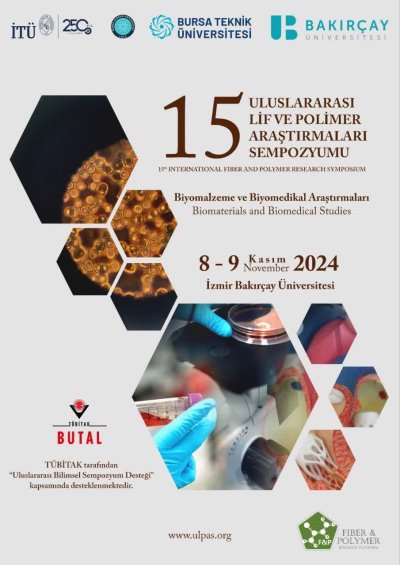0% Complete
Authors :
Keywords :
Abstract :
List of archived papers
HALİL İBRAHİM TURGUT - ÖZLEM YARAR - BEGÜM SELÇUK ELGÜN
FATMA DEMİRCİ - AHMET ORUÇ - HATİCE GÜNTÜRK
Sıtkı Halit Canol - Engin Akçagün - Abdurrahim Yılmaz - Hafiz Faisal Siddique
Melis Ercelik - Cagla Tekin - Busra Mutlu - Fatmanur Parin - Kenan Yildirim - Berrin Tunca
Emre CELAYIR - Osman BABAARSLAN



